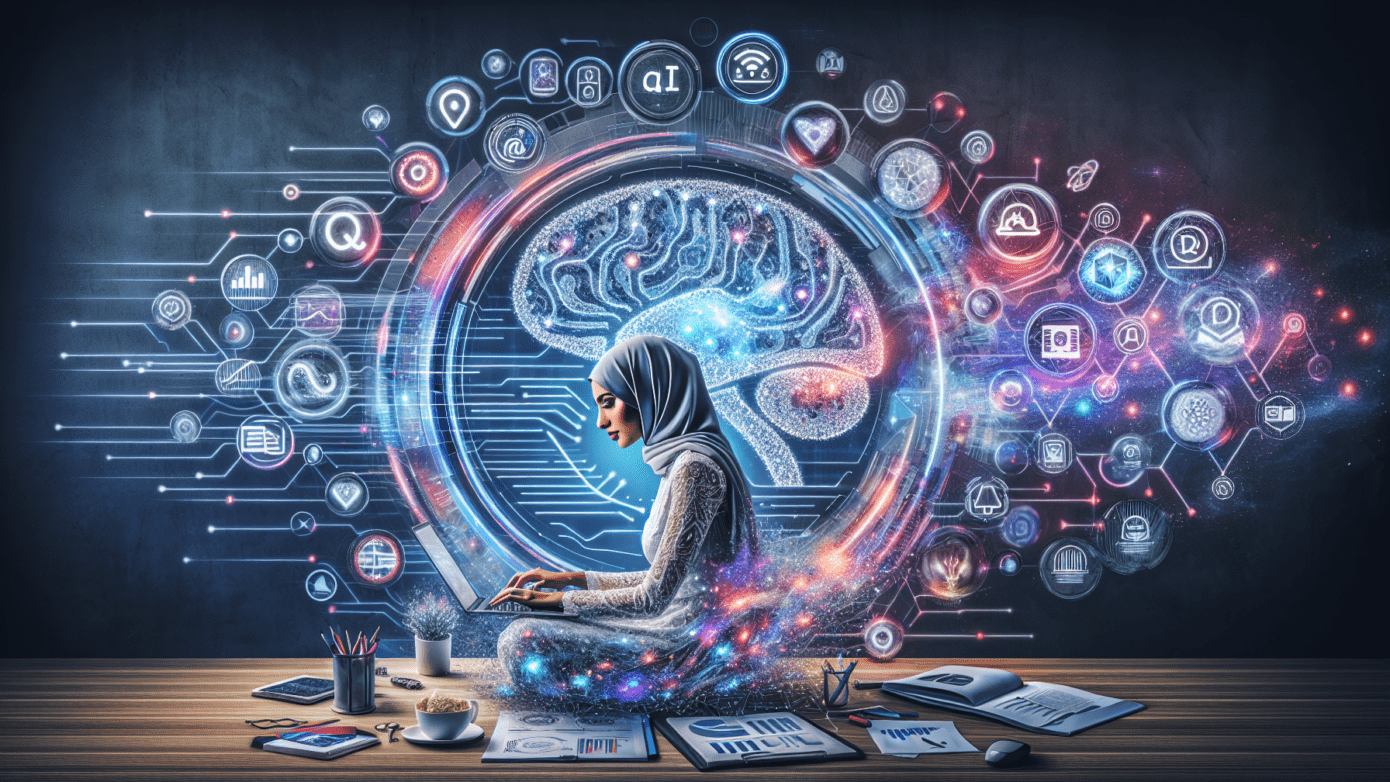AI-generated content marketing is changing how solopreneurs create and share their work. As someone immersed in this world, I see its potential to boost productivity and creativity. Did you know AI content use in marketing grew by 35% in just one year? This rise reflects our need for efficiency and innovation.
Yet, navigating copyright laws can feel overwhelming. Who owns AI-generated content? What happens if we face copyright issues? In this article, I’ll break down these complexities just for you, sharing practical strategies and expert insights. Get ready to explore how AI can empower your marketing while staying legally sound!
Understanding AI-Generated Content and Its Impact on Marketing
AI-generated content refers to text, images, videos, and other forms of media created with minimal human intervention, utilizing algorithms and machine learning models. This technology has evolved dramatically in recent years, allowing marketers to automate content creation processes and streamline their operations. AI tools such as ChatGPT and Jasper have gained popularity for their capabilities to produce high-quality content tailored to specific audiences quickly and efficiently.
The rise of AI content tools reflects a significant trend in marketing. According to recent statistics, 80% of marketers have reported an increased adoption of AI in their content strategies over the past year. This data highlights a shift in marketing dynamics where automation not only saves time but also enhances creativity by providing a broader range of content ideas and styles.
Subsection: Overview of Popular AI Tools
Among the popular tools available, ChatGPT offers conversational abilities that assist in drafting blog posts, generating creative writing, and providing customer service interactions. Jasper, on the other hand, specializes in content generation for marketing, assisting users with product descriptions and social media posts. Both tools come with their advantages and drawbacks.
Pros of AI tools:
- Speed: Content can be produced quickly, meeting tight deadlines.
- Cost-Effective: These tools can reduce costs related to hiring additional staff or freelancers.
Cons of AI tools:
- Quality Control: AI-generated content may require thorough editing and fact-checking.
- Lack of Human Touch: Some audiences value personalized human interaction, which AI may not fully replicate.
Adopting AI-generated content can revolutionize marketing strategies, enabling teams to focus more energy on creative aspects and audience engagement. However, understanding how these tools fit into the legal landscape of copyright and authorship is crucial for effective and compliant content creation.
The Legal Framework of AI-Generated Content
Basics of Copyright Law
The landscape of copyright law is fundamental to understanding the implications of AI-generated content marketing. Generally, copyright serves to protect original works of authorship, enabling creators to secure their rights over their intellectual property. This protection extends to literary, dramatic, musical, and artistic works, offering creators exclusive rights to reproduction, distribution, and public performance.
Key concepts within copyright law include originality, which refers to the requirement that a work must possess some degree of creativity and be independently created; fixation, which means that the work must be captured in some tangible form, such as written text or digital file; and expression, which denotes the specific representation of ideas rather than the ideas themselves. A notable trend highlights that over 77% of content marketers increasingly recognize the necessity of copyright awareness as they adopt AI tools for content creation.
Ownership of AI-Generated Content
Determining ownership of AI-generated content is complex and has become a contentious issue in legal discussions. AI-generated works raise pressing questions regarding authorship: If a tool like ChatGPT or Jasper produces content, who owns the rights to it? Current interpretations of copyright law suggest that users of AI content creation tools retain certain rights over the output, provided they contribute original prompts or context. Notable case studies underscore divergent outcomes, such as the 2021 case regarding the AI art project “Edmond de Belamy,” which prompted discussions about ownership and creativity in AI-generated work.
In practical terms, individuals and businesses using AI tools should maintain transparency by documenting their input and specifying how the tool’s output correlates with their creative input. This documentation helps establish ownership and can act as a defense should disputes arise.
Recent Legal Developments
Recent legal developments have further shaped the framework for AI-generated content. For instance, a high-profile case involving an AI-generated music track and subsequent copyright claims underscored that legal authorities are closely examining how copyright law interacts with AI technology. These cases signal a shift in how courts may interpret copyright rights regarding content created in partnership with AI systems.
Marketers utilizing AI-generated content must remain vigilant about these evolving legal standards and prepare for potential implications. As rights to content ownership and attribution become scrutinized in courts, marketing strategies must adapt, ensuring that they not only comply with existing laws but also anticipate regulatory changes ahead. This vigilance can safeguard businesses as they harness the power of AI in content marketing.
Copyright Issues in AI Content
The rise of AI-generated content has unlocked both opportunities and challenges in the realm of copyright. As creators increasingly rely on AI tools, comprehending the nuances of copyright infringement is crucial to navigate potential pitfalls and uphold the integrity of this innovative medium.
What is Copyright Infringement?
Copyright infringement occurs when a party uses, reproduces, or distributes a work protected by copyright without permission from the owner. In the context of AI-generated content, infringement can manifest if an AI tool is trained on copyrighted materials and produces output that closely resembles those original works. For instance, if an AI system generates a blog post that echoes another author’s phrasing or specific ideas, this could be interpreted as plagiarism—a clear violation of copyright. The repercussions can range from cease-and-desist orders to significant financial penalties if the owner pursues legal action.
Real-life instances of copyright infringement highlight these concerns. A high-profile case involved an AI-generated music composition that bore uncanny similarities to an established artist’s work, leading to a legal dispute over ownership and rights. Such historical cases illustrate the fine line between inspiration and infringement, emphasizing the need for content creators to remain vigilant regarding the originality of the material their AI tools produce.
The Fair Use Doctrine Explained
Fair use is a legal doctrine that allows limited use of copyrighted material without obtaining permission from the rights holders, typically in the name of commentary, criticism, education, or research. For AI-generated content, fair use can play a crucial role in defining how creators utilize existing works to develop new materials.
For example, an AI tool might analyze a set of published articles for trends and generate summaries or critiques based on those findings that could fall under the fair use provision. Similarly, educational platforms using AI to create teaching materials can leverage snippets from existing texts for illustrative purposes without infringing copyright, provided they comply with fair use guidelines.
Understanding fair use is vital for marketers in evaluating the legality of utilizing AI-generated content. The doctrine still requires careful navigation, as what qualifies as fair use can be subjective and context-dependent. Therefore, it’s important for creators to document their processes and ensure that their AI applications adhere closely to fair use principles.
Incorporating these insights can significantly enhance the creation of AI-generated content while navigating the complexities of copyright, ensuring that both creativity and legal compliance are respected.
Practical Strategies for Compliance with AI Content
When leveraging AI-generated content in marketing, it is critical to navigate the complexities of copyright compliance. Failing to do so can lead to legal repercussions that could adversely affect your brand. This section outlines best practices and insights into licensing and attribution to help avoid legal pitfalls.
Best Practices to Avoid Legal Trouble
Compliance starts with a comprehensive understanding of copyright law. Here are some best practices:
- Conduct Regular Audits: Regularly review your content library to ensure all AI-generated materials comply with copyright laws. This includes checking the source and verifying that the content does not unintentionally replicate another creator’s work. For instance, tools like Copyscape can help identify potential plagiarism before your content goes live.
- Document your Process: Keep meticulous documentation of how AI-generated content is created and modified. This includes notes on prompts given to AI tools, the resulting output, and any adjustments made. This documentation can serve as critical evidence if copyright disputes arise, making a case for original attribution.
According to recent data, over 60% of marketers indicated that their concerns regarding copyright compliance have grown in the past year, highlighting the need for proactive safeguards.
Licensing and Attribution Insights
Understanding licensing and proper attribution is essential in AI content generation. Here are important considerations:
- Choose the Right License: Many AI content-generation platforms come with various licensing options. Some may allow for commercial use while others require attribution or may have restrictions. For instance, a tool like Copy.ai allows users to create high-quality content while providing clear usage rights, which helps you understand how you can legally use the generated text.
- Attribution Practices: Implementing proper attribution is vital in building trust with your audience and maintaining a good standing in the digital community. Even when using AI tools, mentioning the source or the tool utilized for content generation adds transparency and credibility. Notably, misattributions could lead to accusations of misrepresentation, which is a significant concern for marketers.
There is a growing trend around the ethical use of AI in content production, with more brands advocating for transparency in how their content is created and shared. This shift can enhance brand reputation and mitigate legal risk.
By putting these practices into action, marketers can protect themselves against potential legal issues related to AI-generated content, ensuring their strategies remain compliant and effective in today’s evolving landscape.
AI Generated Content Marketing and Copyright Insights for Solopreneurs
Innovations in AI Technology Affecting Copyright
The rapid advancement of AI technology is reshaping the landscape of content creation and copyright law. New tools and systems are emerging that leverage machine learning to produce original content more efficiently, while simultaneously raising questions about ownership and attribution. For example, recent tools like Copy.ai and Writesonic have transformed how marketers generate promotional material and blog posts, offering tailored content suggestions rapidly. However, with these innovations come complexities; the degree of originality and the potential for copyright infringement are increasingly scrutinized.
Notably, these advancements prompt a re-evaluation of traditional copyright frameworks, particularly concerning “originality” and “authorship.” Some experts predict that the copyright system may need to adapt to identify and declare rights of AI systems, similar to how it currently identifies the rights of human creators. As we witness an influx of AI-generated content, it is crucial for marketers to remain informed about legislative adjustments that might include provisions specifically addressing AI outputs.
Adapting to Changes in Copyright Law
In the face of evolving AI technologies and the resulting legal developments, content marketers must develop proactive strategies to navigate potential legal pitfalls. Regularly reviewing changes in copyright law, participating in industry webinars and training sessions, and subscribing to newsletters focusing on intellectual property rights can provide valuable insights and updates. Resources such as the U.S. Copyright Office’s website or industry-specific legal blogs can offer guidance on staying compliant with new regulations as they emerge.
Furthermore, implementing a methodical approach to documenting the creation and usage of AI-generated content is paramount. This could involve maintaining records of AI models used in content generation, the inputs provided, and evidences of originality in outputs. Such documentation not only safeguards against legal disputes but also enhances credibility with users and clients, reinforcing trust in the generated content. Through education and vigilant practices, marketers can remain flexible and compliant, ensuring their strategies align with the rapidly changing legal landscape surrounding AI-generated content.
AI Generated Content Marketing and Copyright Insights for Solopreneurs
Navigating the intersection of AI-generated content marketing and copyright laws is crucial for professionals engaged in digital promotion. The rise of AI tools has transformed how content creation is approached, introducing questions around legality, originality, and authorship.
Can I Legally Use AI-Generated Content for Marketing?
AI-generated content can legally be used for marketing, provided compliance with copyright laws is maintained. Understanding the nature of this content is vital, as it often incorporates pre-existing data, raising concerns about ownership and exaggerated claims of originality. To ensure legal usage, marketers should:
- Review Ownership Rights: Marketers must identify if they or a third-party tool holds the rights to the generated content. AI platforms may have their own policies regarding ownership, particularly those that deploy proprietary algorithms for generation.
- Attribution and Licensing: Proper attribution and understanding of licenses are key. Tools like Copy.ai and Writesonic offer various licensing options, ensuring that users can leverage generated content without legal snafus. However, always check the specific terms, as misuse can lead to infringement issues.
What Happens If My AI Content Violates Copyright?
If AI-generated content infringes on copyright, the repercussions can range from a cease-and-desist notice to legal action. Some consequences include:
- Economic Penalties: Consequences may involve hefty fines or the need to pay for damages should the original rights holder pursue legal claims.
- Reputational Risk: Beyond legal fallout, copyright infringement can erode trust and credibility, critical components for brand marketing success. Recent developments have seen companies facing heat not only from legal bodies but also public opinion, emphasizing the necessity of compliance.
How Can I Ensure My AI-Generated Content is Original?
Checking the originality of AI-generated content is essential. Here are some practical approaches:
- Use Plagiarism Checkers: Tools like Grammarly and Copyscape help verify that the content doesn’t resemble existing works too closely. This step protects against unintentional infringement. Given that approximately 30% of marketers now use AI to create original content, maintaining originality is paramount.
- Incorporate Human Review: A human touch can enhance originality. After initial AI drafting, reviewing and refining content can provide a unique voice, ensuring it doesn’t simply replicate existing material.
Are There Specific Licenses Required for AI-Generated Content?
Concerning licenses, the landscape can be complex:
- AI Tool Licensing: Different AI tools have diverse licensing implications. Some, like Jasper.ai, allow users to monetize content created through the platform, while others may require users to pay licensing fees. Review licensing terms before employing such tools for commercial purposes.
- Content Distribution Licenses: If distributing AI-generated content, ensure that you acquire the necessary licensing agreements for wider usage, particularly for commercial applications like advertisement distribution.
What Should I Do If I Want to Challenge a Copyright Claim?
If confronted with a copyright claim regarding AI-generated content, follow these steps:
- Gather Documentation: Compile evidence that supports your case, including original drafts, source materials, and proof that your utilization of AI was within legal bounds.
- Consult Legal Counsel: Seek professional legal advice tailored to copyright laws. Effective guidance may help find a resolution without extensive litigation, which can be drawn out and costly.
By understanding the nuances of copyright law in relation to AI-generated content marketing, marketers can utilize these innovative tools while mitigating risks. This balance allows for a creative yet compliant approach in a rapidly evolving digital landscape.
In this article, we explored the rise of AI-generated content and its impact on marketing. We defined AI-generated content and highlighted popular tools like ChatGPT and Jasper. Understanding copyright laws and ownership issues is vital, especially with recent legal developments. Remember, avoid copyright infringement by practicing proper licensing and attribution.
AI-generated content marketing is more important than ever as technology evolves. Solopreneurs can gain a competitive edge by staying informed about trends and adapting their strategies. Check out reliable sources for up-to-date legal advice and tools that refine content creation. Let’s embrace innovation while upholding our legal responsibilities. Stay curious and keep learning!



Leave a Reply